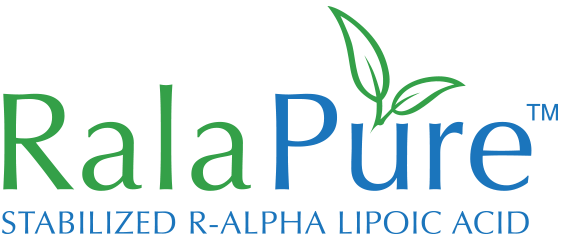Benefits for Stroke
Lab Tests are Showing Positive Results
A stroke occurs when the blood supply to part of the brain is suddenly interrupted due to the presence of a blood clot (ischemic stroke) or when a blood vessel in the brain bursts (hemorrhagic stroke). Brain cells die when they no longer receive oxygen and nutrients from the blood or when they are damaged by sudden bleeding into or around the brain. It is during this time that there is an explosion of free radicals throughout the affected area. This results in temporary or permanent neurological damage. Ischemic stroke, also known as cerebral infarction, accounts for 80 percent of all strokes, while hemorrhagic stroke accounts for the other 20 percent. An estimated 550,000 people in the United States suffer a stroke each year, making this one of the most serious of all health problems. Half of stroke sufferers are left disabled, with many undergoing years of rehabilitation.
Stroke and Alpha Lipoic Acid
In one experiment, strokes were induced in laboratory rats by blocking the carotid artery, which delivers blood and oxygen to the brain for 30 minutes. After blood flow was restored, the animals were monitored for 24 hours. Once oxygen was restored, there was a burst in the production of free radicals, overwhelming the brain’s antioxidant defenses. This proved deadly as 80% of the rats died within 24 hours. In the follow up experiment, everything was the same except this time lipoic acid was injected into the rats just before blood flow to the brain was restored. After 24 hours, only 25% of the rats had died and the survivors were no worse for wear, recovering completely.
Follow up studies showed that the animals not treated with lipoic acid showed a substantial increase in free radical related damage to the brain but not for the ones who were treated with lipoic acid. Their brains were normal, as if they had not had a stroke at all. Further testing showed that in the non-treated animals, glutathione levels had plummeted after the stroke, causing the antioxidant defenses to be wiped out while the animals treated with lipoic acid had glutathione levels that were quite high, a sign that they were able to successfully fight attack from free radicals.













